COSHH Assessments: Understand how to control exposure through elimination, substitution, engineering controls, admin measures, and PPE to comply with COSHH regulations and protect workers.
The third step in completing your COSHH Assessments is the point at which you ask “we have the data, but what can we do to reduce and control exposure?” For this, we go back to the COSHH hierarchy of control:
Elimination
This is the gold standard for how to control exposure, but it is one that may be very difficult to achieve. However, it must always be the first step in the consideration process. Here the question is “Is this process truly necessary?”
It is the total removal of the process or substance, e.g. completely stopping the process. It is very easy to confuse this with substitution.
Substitution
“Okay, so we can’t really stop production, so the next stage is to think, can we use something else?”
Substitution involves changing chemical substances and/or processes with a less hazardous one. This has been used successfully throughout history. There are a number of examples of this, including using alkaline earth silicate wools rather than refractory ceramic fibres or the substitution of white and yellow phosphorous with less hazardous red phosphorous.
However, any substitution should be done with caution as the introduction of new materials could introduce other risks and further COSHH assessments.
Engineering Controls
“So if substitution is not possible, we need to start looking at the process and what we can do to directly reduce exposure.”
Engineering controls to reduce emissions at source can be broken down into a number of separate stages.
Modification
“Can we do anything to the process, without changing the chemicals?”
Modification is the change to the physical conditions, without changing the process. For example, using material in granular rather than powder form, wetting down dust to reduce disturbance to atmosphere or the change in temperature or pressure at which the process is carried out.
Containment
“Do operators need access to the whole system, or just certain aspects of it?”
Containment is the enclosure of a process in a sealed vessel or system, meaning that operators only need access to the input and output aspects of the process. For example, filling a petrol tanker through the underside, therefore maintaining a closed system.
Automation
“Do we need humans to do it, or can a robot or automated machinery do the same task?”
Understandably, this is one of the less popular options due to the potential reduction in the workforce. However, it has been shown to work in the mining industry. Reduced levels of manual tasks by introducing even limited automation can assist in reducing a workers exposure but may introduce other safety hazards.
Isolation
“Does the operator need to be near the process, or can the monitoring be carried out from the control room?”
Isolation is the separation of the source and the worker by a physical barrier such as an enclosure, wall or partition. Partitions are not as effective as complete enclosures, and additional controls may be needed. Once again, this needs to be done with caution, as the use of isolation increases the reliance on the operator, which may cause human error.
Ventilation
“Can we extract the contaminant at source?”
Ventilation is the use of air movement to remove, displace or dilute concentrations of the contaminant. This is one of the more commonly seen controls, and incorporates both Local Exhaust Ventilation and General Ventilation.
All forms of ventilation may play a role in certain circumstances as part of a control strategy. However, the effectiveness of ventilation is often over estimated and can, for many practical reasons be ineffective in practice. Therefore ventilation solutions should be discussed with a competent engineer before installation.
Administrative Controls
“It’s not possible to implement engineering controls on the process, so what’s the next stage?”
Administrative controls are worker based controls which may reduce the operators exposure. The main solution here is job rotation, where an operator is trained on many different functions, and moves between them.
Other solutions included training, supervision and housekeeping.
The risk with administrative controls is the reliance on the operator’s behaviours.
Personal Protective Equipment
Personal protective equipment (or PPE) is the last line of defence and should not be relied on as a single control, except during unforeseen circumstances. However, they can be very effective when combined with other controls.
To be effective, PPE needs to be suitable to both the task and the operator, this will help operators feel more comfortable and therefore more willing to wear the equipment.
Using PPE can often be more expensive in the long run than other controls selected from higher up the hierarchy.
The COSHH Procedure
Where a substance requires COSHH assessments, the following procedure should be followed. We will be going into further detail of each of these steps over the coming weeks via the remainder of our nine individual in depth articles:
Understanding – What Is COSHH?
Step 1 – Assess The Risks
Step 2 – Decide What Precautions Are Required
Step 3 – Prevent or Adequately Control Exposure
Step 4 – Ensure That Control Measures Are Used and Maintained
Step 5 – Monitor The Exposure
Step 6 – Carry Out Appropriate Health Surveillance
Step 7 – Prepare A Plan For Accidents and Emergencies
Step 8 – Ensure Employees Are Properly Informed, Trained and Supervised
Experts in COSHH Assessments & How To Control Exposure
Cura Terrae has over 150 years of combined experience in Occupational Hygiene and Environmental Monitoring.
Cura Terrae will aid your COSHH assessments by carrying out air monitoring to determine the levels of substances in the workplace and ensure the Workplace Exposure Limits value is not exceeded for the substances you use. We will also provide a detailed report on work practices and findings together with recommendations for remedial action.
Call us on 01274 738668 or fill out our Cura Terrae Enquiry Form for any queries regarding COSHH Air Monitoring, how to control exposure, COSHH assessments or any of our many other accredited services.







